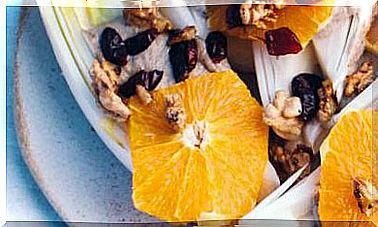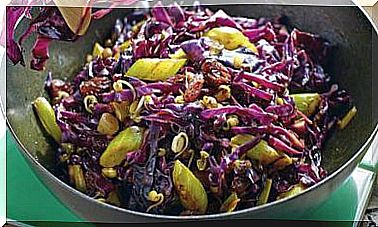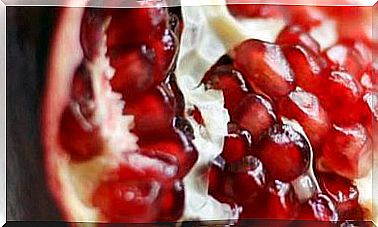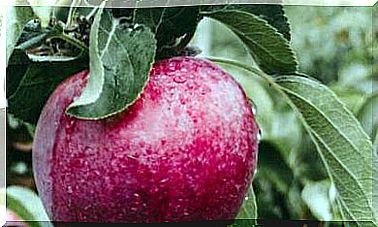Plant Foods Can Also Cause Allergies
Fruits, vegetables, cereals, legumes, nuts and seeds are healthy foods, but they can cause allergic reactions in sensitized people. These types of allergies, which are growing, can be prevented and treated.
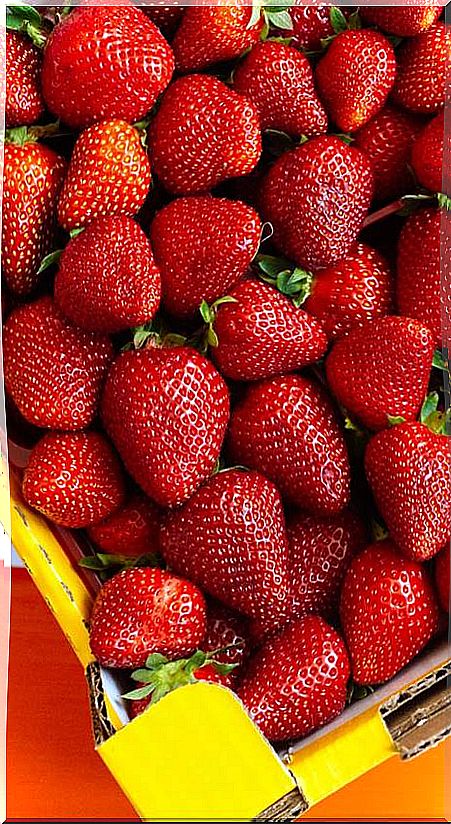
You have prepared a spectacular healthy menu entirely vegetable. With its lettuce, sprouts, onion and pepper, chickpeas and an exquisite freshly made cashew paté. All natural and with many organic ingredients. You eat it and soon you begin to feel digestive discomfort and itching … You think something has made you feel wrong, but what is it about? How is it possible?
Differences between intolerance and allergy
A bad reaction of the body to healthy and good food is always possible. This response may be due to an intolerance or an allergy.
The difference between one and the other is that allergy involves a reaction of the immune system, with an increase in IgE antibodies, which can be detected in blood tests.
Intolerances, on the other hand, are normally due to alterations in the digestive system, enzyme deficiencies or a particular sensitivity to some component of the food. They can be overcome by treating the digestive disorder, although sometimes the only solution is to avoid food, as in the case of fructose or gluten intolerance.
What are the symptoms?
Symptoms appear within an hour of eating the food. When they appear later, it is not usually an allergy, but an intolerance.
- Local or general. The discomfort can appear only in the mouth and throat or in the digestive system, but a general reaction of variable intensity is more frequent, with symptoms in the gastrointestinal tract and on the skin (itching, hives, swelling under the skin and sensation heat). Less frequent involvement of the respiratory system.
- Digestive discomfort Nausea, vomiting, diarrhea and abdominal pain may appear suddenly after ingestion. The same symptoms with less intensity and that are maintained over time are not usually due to allergy.
- Atopic dermatitis. One third of cases can be caused by hypersensitivity to various foods and pollens. The diagnosis is made with an elimination diet and controlled provocation.
- Anaphylactic shock. Occasionally, severe reactions can occur causing suffocation, cardiovascular compromise, hypotension, and loss of consciousness. If not treated immediately, it can be fatal. The first symptoms are usually itchy mouth, dysphonia, swelling of the lips, tongue, uvula and larynx.
- No evidence. It is not proven that chronic urticaria, chronic rhinoconjunctivitis and rhinoconjunctivitis, serous otitis media, vascular headache, behavioral disturbances, arthritis, and other chronic inflammatory symptoms may be due to food allergies.
What foods cause allergies or intolerances?
We are used to talking about “allergens”, as if only certain environmental agents or foods could trigger allergies. Actually, any food can cause an allergy, although some do it more frequently.
It is estimated that food allergies affect between 1 and 3% of the population, but it is a condition that is increasing, since the incidence doubled between 2005 and 2015, according to studies by the Spanish Society of Allergology and Clinical Immunology.
Factors as varied as hygiene, eating habits, especially in childhood, environmental pollution or climate change, among others, contribute to this increase .
Why does a vegetable allergy occur?
Among children, foods of animal origin – eggs, milk and fish – are the main causes. On the other hand, among adults, allergies to vegetables are more frequent, such as nuts, fresh fruits, legumes and vegetables.
The allergy is not to the whole food, but to specific water-soluble proteins or glycoproteins found in its composition.
Most of these proteins – not all – are stable to heat, acids and enzymes, so it does not matter if we eat raw or cooked food, they will always produce a reaction.
On the other hand, we can be allergic to a specific protein that is exclusively found in a food, and then only that product will make us feel bad, or we can respond to a protein or similar proteins that are found in various foods and in plant pollens, which they may or may not be from the same botanical family.
Vegetables
In our environment, chickpeas and lentils are the most consumed legumes and the ones that produce the most cases of allergies, with a tendency to increase.
The increase in incidence seems to be related to early consumption in the form of peanuts, soybeans and lupins “hidden” in ultra-processed foods, according to the report of the Scientific Committee of the Spanish Agency for Food Safety and Nutrition (AESAN) on Food Allergies. On the other hand, the pea is the legume that produces the least allergy.
Wheat and other cereals
When mentioning wheat, we immediately think of gluten and celiac disease, but it is possible not to be celiac or sensitive to gluten and suffer an allergic response to another of its proteins. That is, one thing is intolerance and another is allergy, and the same food can be the protagonist for different reasons.
In our environment, allergy to wheat and other cereals is rare (they only reach 2.1% of cases of food allergies). Sometimes, especially in children, a wheat allergy manifests itself in the form of atopic dermatitis.
On the other hand, in the flours that are stored in humid and hot places (where more cases are reported is in the Canary Islands) , mites can multiply , causing a reaction in people allergic to them.
Fruits and vegetables
In the Mediterranean area, fruits are the leading cause of food allergies, with a proportion of 44.7% of cases. More than half are the product of the response to “LTP proteins.”
Among vegetables, tomato allergy is one of the most frequent and celery is of special interest because it has the facility to produce the dangerous anaphylactic response. In contrast, allergy to lettuce is very rare.
Nuts
Nut allergies have similar symptoms, which are often intense and immediate, and can be severe. They are among the most common food allergies: they represent 28.4% of cases and affect children to a greater extent.
The premature introduction of nuts favors allergy, so the Spanish Agency for Food Safety and Nutrition recommends introducing them from 3 years of age.
The seeds of sesame and mustard are among the most virulent causing allergic reactions in Europe. That is why these two foods are on the list of notifiable allergens in packaged foods. People with an allergy to sesame or mustard – widely used in dressings and sauces – should be very careful in restaurants, bakeries and fast food establishments.
What can you do about a food allergy or intolerance?
Diagnosis
- The most useful test in the case of plant allergies is called prick-prick and consists of applying fresh food to a puncture in the skin.
- In vitro tests allow to observe the reaction of the serum extracted in contact with a large number of samples. Three of these tests are called RAST, CAP, and ELISA.
- The provocation test serves to confirm the allergy: it consists of avoiding the food and then observing the reaction to its consumption in a health center.
- The IgE antibody serum count is for guidance only in adults.
- Other options: When an allergic cause is not discovered, disaccharide tolerance studies, endoscopy, or intestinal biopsy may be done.
Prevention
- Exclusive breastfeeding for a minimum of 6 months reduces the risk.
- In the baby’s diet, a new food is introduced every two weeks (in this period it is taken daily and then twice a week).
- Local and seasonal foods are preferable to processed, modified, stored and transported long distances.
- Antioxidant nutrients (vitamins A, C and E, and polyphenols) and omega-3s (in nuts, flax, and chia) in large doses may prevent allergies, although there are conflicting studies.
- Probiotics ( Lactobacillus rhamnosus along with fructo and galactooligosaccharides) can prevent and treat atopic dermatitis.
Treatment
- Completely avoiding the offending food – confirmed by a provocation test – for one or two years can resolve the allergy in a third of those affected.
- The allergist can try an oral desensitization: the food is administered in increasing doses until tolerance is reached. This desensitization can also be pursued with sublingual vaccines.
- A mixture of traditional Chinese medicine plants called FAHF-2 – a variation of the traditional formulas Wu Mei Wan and Ling Zhi – has proven in initial studies its effectiveness in blocking the reaction to peanuts and other allergens, explain allergists Petruta Cristina and Belén de La Hoz, from the Ramón y Cajal University Hospital in Madrid.

